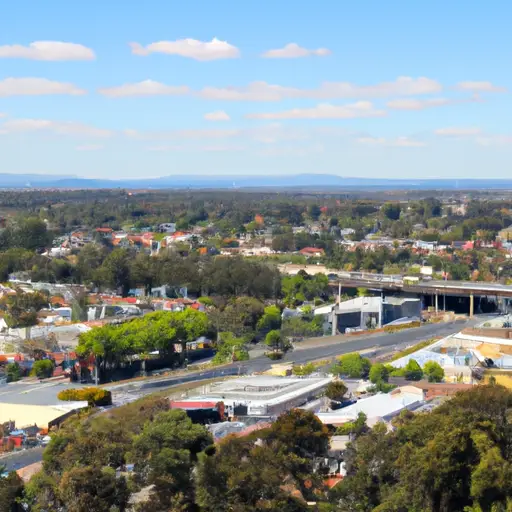Traralgon : Interesting Facts, Famous Things & Information

- By
- Aparna Patel
- |
- 10 Jul, 2023
- |

Welcome to the lovely town of Traralgon, located in Victoria’s Gippsland region. With interesting sights to explore, beautiful parks and recreational activities, Traralgon is a great place to visit and discover. To start off your journey, let’s have a look at some interesting facts and famous things about Traralgon that will help you get to know the town better. From unique attractions to delicious local cuisine, Traralgon offers something for everyone. Keep reading to find out more informative information about Traralgon!
Table of Contents
History & Information About Traralgon City
Traralgon is a city located in the Gippsland region of Victoria, Australia. The city is located about 140 kilometres east of Melbourne on the flats of the Latrobe Valley, at the junction of the Traralgon Creek and the Latrobe River. It is the administrative centre and largest city in the Latrobe Valley area, which has a population of over 80,000 people throughout the region.
The first inhabitants of the region were the Gunai people who lived in the area for thousands of years prior to the arrival of Europeans. The area was explored by George Washington Walker and Robert Massie in 1841 and the town of Traralgon was founded in 1845.
The city grew quickly during Victoria’s gold rush of the late 1870s and soon became the region’s commercial and manufacturing centre. It was declared a city in 1960 and today is the second largest city in Victoria’s east.
Traralgon is home to a variety of industries and continues to be a vibrant regional centre. Many visitors choose to explore Traralgon’s heritage attractions, which include the Traralgon Heritage Walk, the Traralgon Railway Museum, the Old Gippstown Heritage Village and the Traralgon Creek History Trail. The city is also home to the Annual Traralgon Agricultural Show and various festivals and events throughout the year.
Traralgon is a great base for exploring Gippsland and its natural attractions. Nearby towns and attractions include the Gippsland Lakes, Wilson’s Promontory National Park, and the Tarra-Bulga and Morwell National Parks.
Interesting Facts About Traralgon City
1. Traralgon was named after an Aboriginal word meaning “place of many fish”.
2. It is regarded as the gateway to the Latrobe Valley, one of the most important energy-producing regions in Australia.
3. Traralgon is the most populous city in the Latrobe Valley with an estimated population of around 25,000 people.
4. Traralgon is also home to the longest main street in Australia, stretching 3.4 kilometres from Commercial Road in the North to Kay Street in the South.
5. The city is very proud of its annual Traralgon Show, which celebrates its agricultural roots.
6. Traralgon is the home of Australia’s first and only biometer – an engineering project designed to measure the wind.
7. The suburb of Traralgon East, is home to Australia’s oldest continuing working railway, the Woodside Railway.
8. Traralgon is the perfect hub for weekend getaways with nearby national parks offering great camping, bushwalking and fishing opportunities.
What is Traralgon known & Famous for
?
Traralgon is a regional city in the Gippsland region of Victoria, Australia, and is the largest and most populous city in the area. It has a reputation as a major industrial and commercial hub and is known for its traditional markets and antique stores. The town is also famous for its annual Grand Prix, the Grand Prix of Traralgon, and its popular Port of Traralgon tourism destination.
What Is It Like To Visit In Traralgon City?
Traralgon is a city located in the Gippsland Region of Victoria, Australia. The city is a great destination for tourists who are looking for a relaxing holiday destination with lots to see and do. The city is surrounded by national parks, lush green pastures, colorful gardens, lovely beaches, and plenty of attractions. Traralgon is known for its stunning beaches, scenic views, and friendly locals. It is the perfect place for a weekend getaway or a mid-week escape. Visitors can explore historic sites, visit the art galleries and spend time outdoors fishing, hiking, and cycling. There are numerous shopping and dining options in the city making it ideal for just about any type of visitor.
Search Posts
Latest posts
-
5 Mar, 2024
How to avoid drinking vodka?
-
4 Mar, 2024
How to make dining alone less awkward?
Popular posts
-
5 Mar, 2024
Why prohibit engine braking?
-
5 Mar, 2024
How to avoid drinking vodka?